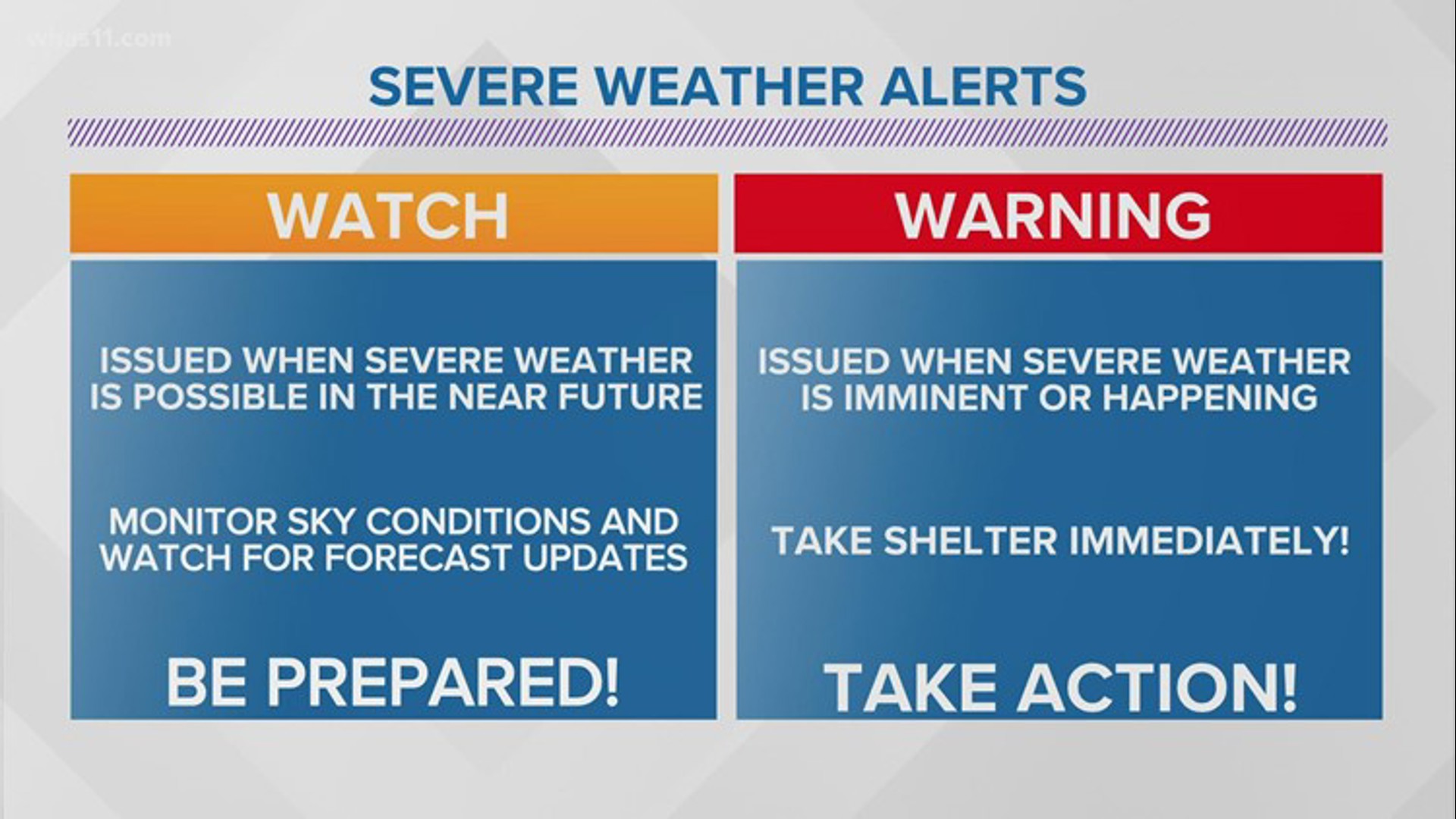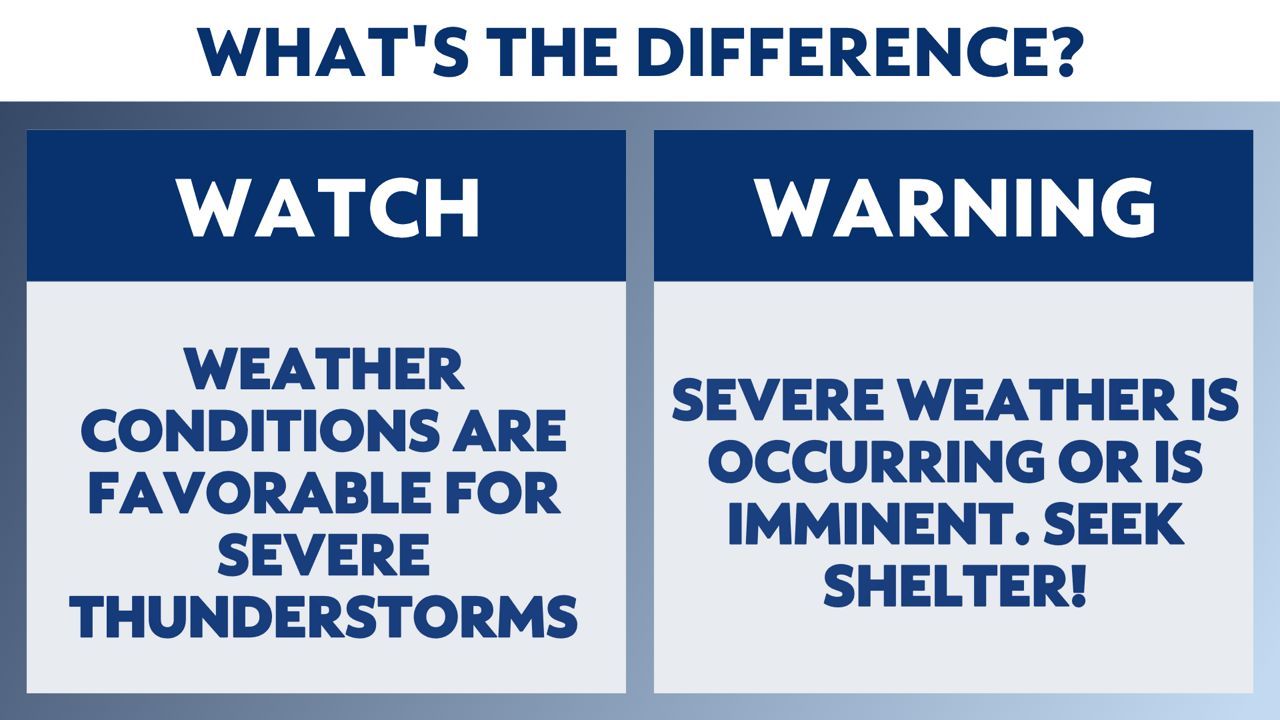Severe thunderstorms can strike with little warning, bringing with them dangerous winds, heavy rainfall, hail, and lightning. Understanding how to prepare for such weather events is crucial for ensuring your safety and the safety of your loved ones. In this article, we will explore the top five tips for preparing for a severe thunderstorm warning, equipping you with the knowledge and tools necessary to face these storms with confidence.
Understanding Severe Thunderstorms

Before diving into preparation tips, it’s essential to comprehend what constitutes a severe thunderstorm. According to the National Weather Service (NWS), a severe thunderstorm is defined as one that produces:
- Winds of 58 mph or higher
- Hail of 1 inch in diameter or larger
- A tornado
These storms can lead to significant property damage, power outages, and even injuries or fatalities. Moreover, the frequency of severe thunderstorms has been increasing over the years, with the National Oceanic and Atmospheric Administration (NOAA) reporting that the number of severe storms has risen by approximately 25% over the last decade. With this backdrop, being well-prepared is more critical than ever.
Tip 1: Stay Informed

The first step in preparing for severe thunderstorms is to stay informed about weather conditions. Knowledge is power, especially when it comes to severe weather:
- Monitor Weather Updates: Use weather apps, local news broadcasts, and the NOAA Weather Radio for real-time updates on severe thunderstorm warnings and watches.
- Understand Alerts: Familiarize yourself with different weather alerts. A “watch” indicates that conditions are favorable for severe thunderstorms, while a “warning” means that severe weather is occurring or imminent.
- Follow Local Emergency Management: Local emergency management agencies often provide critical information specific to your area, including evacuation routes and shelters.
For instance, during the severe thunderstorms that hit the Midwest in May 2021, timely alerts allowed many residents to seek shelter and avoid danger, demonstrating the importance of staying informed.
Tip 2: Create an Emergency Kit

Having an emergency kit ready can make a significant difference during a severe thunderstorm. Your kit should contain essential items that can sustain you and your family for at least 72 hours:
- Water: Store at least one gallon of water per person per day for at least three days.
- Non-Perishable Food: Stock up on canned goods, energy bars, and other non-perishable food items.
- First Aid Kit: Include bandages, antiseptics, and any necessary prescription medications.
- Flashlights and Batteries: Power outages are common during severe thunderstorms, so have several flashlights and extra batteries on hand.
- Portable Phone Charger: Ensure you have a way to keep your devices charged for communication and information.
Consider personalizing your emergency kit based on your family’s unique needs, such as including items for pets or infants. A well-prepared household can significantly reduce stress and danger during a storm.
Tip 3: Develop a Family Emergency Plan
Creating a family emergency plan is crucial for ensuring everyone knows what to do during a severe thunderstorm. Your plan should address the following aspects:
- Designate Safe Locations: Identify safe areas in your home, such as a basement or an interior room on the lowest floor, away from windows.
- Communication Plan: Establish how family members will communicate if separated during a storm. Designate a contact person outside your area for everyone to check in with.
- Evacuation Routes: Know your local evacuation routes and identify nearby shelters where you can go in case of severe weather.
For example, during the devastating tornado outbreak in Alabama in April 2011, families with established emergency plans were able to move quickly to safety, minimizing injuries and fatalities. Regularly review and practice your plan with your family to ensure everyone is prepared.
Tip 4: Secure Your Property
Taking proactive measures to secure your property is essential for minimizing damage during severe thunderstorms:
- Trim Trees: Regularly trim trees and remove dead branches that could fall during high winds.
- Secure Loose Items: Bring in or secure outdoor furniture, decorations, and any items that could become projectiles in strong winds.
- Check Gutters and Drains: Ensure that gutters and drainage systems are clear to prevent flooding around your home.
According to a report by the Insurance Information Institute, properties that are well-maintained and secured against severe weather can experience significantly less damage, potentially saving homeowners thousands of dollars in repairs.
Tip 5: Invest in Home Protection Systems
Finally, investing in home protection systems can provide additional layers of safety and peace of mind during severe thunderstorms:
- Surge Protectors: Installing surge protectors can help safeguard your electronics and appliances from power surges caused by lightning strikes.
- Storm Windows and Doors: Consider upgrading to impact-resistant windows and doors that can withstand strong winds and flying debris.
- Backup Generators: A backup generator can provide power during outages, ensuring that you have access to essential appliances and communications.
Statistics show that homes equipped with these protective measures experience less severe damage and are more resilient during extreme weather events. In 2019, a study found that homes with storm-resistant features were 40% less likely to sustain significant damage during a severe storm.
Severe thunderstorms can pose significant threats to safety and property. However, preparing in advance can make a world of difference. By staying informed, creating an emergency kit, developing a family emergency plan, securing your property, and investing in protection systems, you can enhance your readiness for severe weather events. Remember, preparation is not just about weathering the storm; it’s about ensuring your safety and the safety of your loved ones. With these five tips, you are better equipped to face severe thunderstorms with confidence and resilience.



